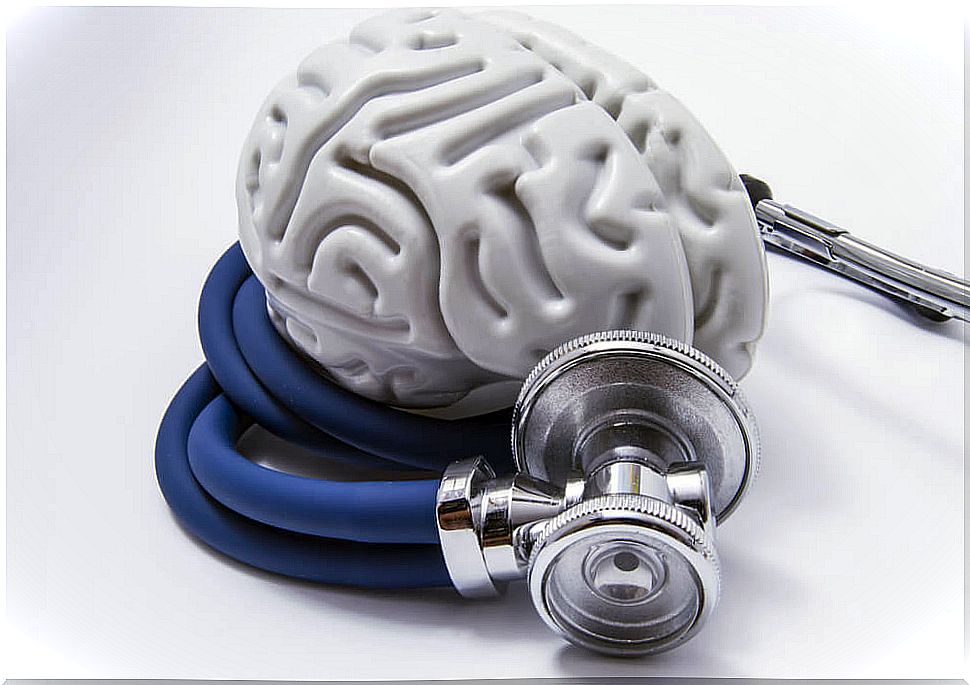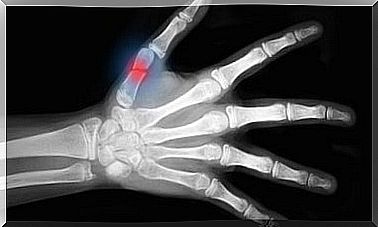Rivastigmine In The Treatment Of Dementia
Rivastigmine is a medicine that e It is indicated in the treatment of people with dementia. This drug belongs to the group of cholinesterase inhibitors.
In people with dementia, part of their neurons die. As a consequence of this neuronal degeneration, levels of a neurotransmitter called acetylcholine are lower than in people who do not suffer from this disease.
How do Rivastigmine patches work and what are they indicated for?

This medicine works by blocking the enzymes responsible for the destruction of acetylcholine. Acetylcholine levels are decreased in Alzheimer’s patients. Among the enzymes responsible for the destruction of acetylcholine are acetylcholinesterase and butyrylcholinesterase.
Acetylcholine is a neurotransmitter that allows neurons to communicate with each other. When rivastigmine b it locks up enzymes, increases acetylcholine levels in the brain. Therefore, as a consequence of its mechanism of action, this drug contributes to reducing the symptoms of Alzheimer’s.
What indications does it have?
Rivastigmine patches are indicated in the following cases:
- Dementia: is a disease that affects the ability to remember, think clearly, communicate, and perform daily activities.
- Alzheimer’s : it is a disease that affects the brain and progressively destroys memory and the ability to think.
- Dementia in people with Parkinson’s disease : Parkinson’s is a degenerative disease that affects the nervous system and dementia becomes evident throughout the evolution of the disease.
How to start treatment with Rivastigmine patches

Rivastigmine is presented in the form of transdermal patches and can be of different doses of active ingredient. Must use a patch every day, and of course, previously removing the one you have on.
To put the patch on correctly, stick on the patch and with the palm of your hand press for a few seconds. The starting dose of Rivastigmine treatment is usually 4.6 mg every 24 hours. However, the recommended daily dose to be achieved is 9.5 mg every 24 hours.
If for any reason you have to stop taking rivagtismine patches, you can use the patches again at the same dose that you stopped. This can be done if no more than three days have elapsed since treatment was abandoned.
However, if you stop the treatment for more than three days, you need to talk to the specialist to tell you how to start putting it back on.
Where do I put the Rivastigmine patches?
Before putting on a rivastigmine patch that sticks well, make sure the area is clean, dry, and hair-free. All of these factors can prevent the patch from sticking well and not having the desired effect.
As we have said , a patch a day is applied to one of the following areas of the body:
- Upper right or left arm area.
- Upper left or right chest.
- Upper left or right back area.
- Lower left or right back.
However , avoid putting the transdermal patch on the thigh and abdomen. Both the thigh and the abdomen are areas to avoid because when applied there the bioavailability of the active principle and therefore its effect decreases.
It agrees that you wait at least two weeks to repeat the area of the skin where to stick the patch. If a patch comes off, put on a new one, this way you cover the daily dose.
Side effects of Rivastigmine patches
The most common adverse reactions are:
- Gastrointestinal reactions: These reactions include some such as nausea, vomiting, or loss of appetite.
- Skin reactions: redness, itching or irritation in the area of application of the patch.
The occurrence of any of these adverse reactions depends on several factors, including:
- Sensitivity of each patient.
- Weight of the person under treatment.
- Rivastigmine dose being used.
During the treatment with rivastigmine patches if you experience gastrointestinal adverse reactions such as those mentioned above, you should stop the treatment until the symptoms disappear.
Conclution
In summary, rivastigmine may be helpful in treating people with Alzheimer’s disease. In general, using a transdermal patch has fewer side effects than treatment with orally administered medications.









